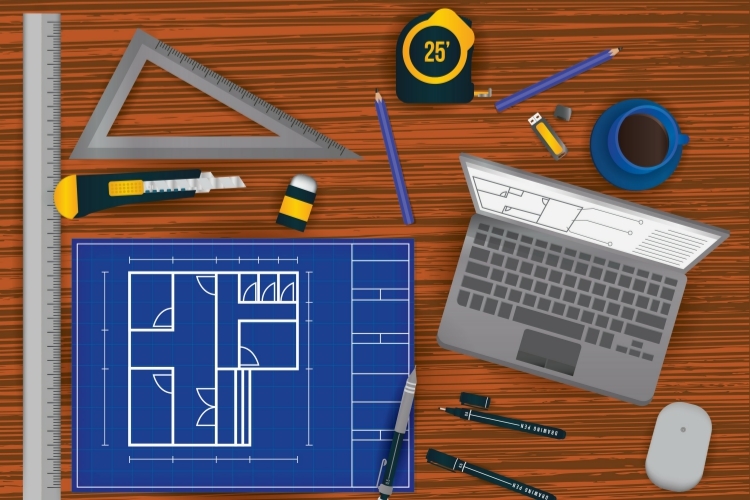What to Know about Commercial Lease Agreements
A lease is a lease, right? Not quite when dealing with commercial real estate. When a potential tenant is looking to rent business space, they'll have a few options to consider. If they don't learn about these options, they're likely to pay too much on their lease. This article will give the basics on what to know about commercial lease agreements.

When entering into negotiations with a landlord (or usually a leasing broker), you’ll be quoted an amount for your monthly rent. That may not include all of the costs associated with your lease.
Many people turn to online rental property calculators, which can help you figure out your costs. But make sure it contains all the items reflecting as many of the costs as you can.
That includes the costs they may end up paying by not knowing what is in the lease. Be sure to ask a lot of questions, including what other charges you may be responsible for.
Apartment leases are usually for one year. With commercial properties, though, you could be stuck with at least five years (often more). That is never a good situation when you are on the hook of paying too much for your lease.
Four Main Types of Commercial Leases
There are four main types of leases that tenants should consider. The first is a triple net lease. With this type of lease, the tenant pays for most (if not all) of the expenses. It is called triple net because it covers property taxes, insurance, and maintenance costs. Ask for a breakdown of costs for previous tenants with this lease type.
At the opposite end of the leasing spectrum is the gross lease. With this type of lease, the tenant does not pay any of these extra costs. They pay a fixed rate for rent. Renters may think they are getting off easy with this type of lease, but the base rent is often higher when given this option.
Somewhere in the middle of the previous two is a modified gross lease. This option usually includes a few of the items, like property taxes and insurance. You can negotiate depending on market conditions.
The fourth option is the base year stop lease. This is the most complicated of the four, but it's not so complicated that it takes a math degree to understand it.
With a base year stop lease, the tenant only pays for expenses in excess of the expenses generated in the base year, which is usually the first year of the lease. For example, if in this first year (T) the expenses are $45,000 and in the second year (T+1) the rents rise to $48,000, the tenant would pay a portion of the difference ($48,000 - $45,000 = $3,000).
Pro Rata Share
If tenants choose a lease option where they pay part of the expenses, they are only responsible for a pro rata share based on the square footage of their lease. Common areas are not included in this square footage, but maintenance costs can include common area maintenance charges.

For instance, if three tenants rent 2,500 square feet and the square footage for the common area is 1,000 square feet, a portion of the square footage is not added into each of the tenants for the common area. So the pro rata share of the maintenance costs (including for common area) is based on the 2,500 each. The total rentable square footage would be 2,500 x 3 = 7,500. Therefore, the pro rata amount for each tenant is calculated as 2,500 / 7,500. This would be 33% for each tenant.
Conclusion
As commercial leases are longer term than apartment tenants, it is crucial to know exactly what you'll be responsible to pay. Hopefully, this article has helped you understand the major types of commercial leases. There could be hybrids of these, so be sure to read carefully before signing.

